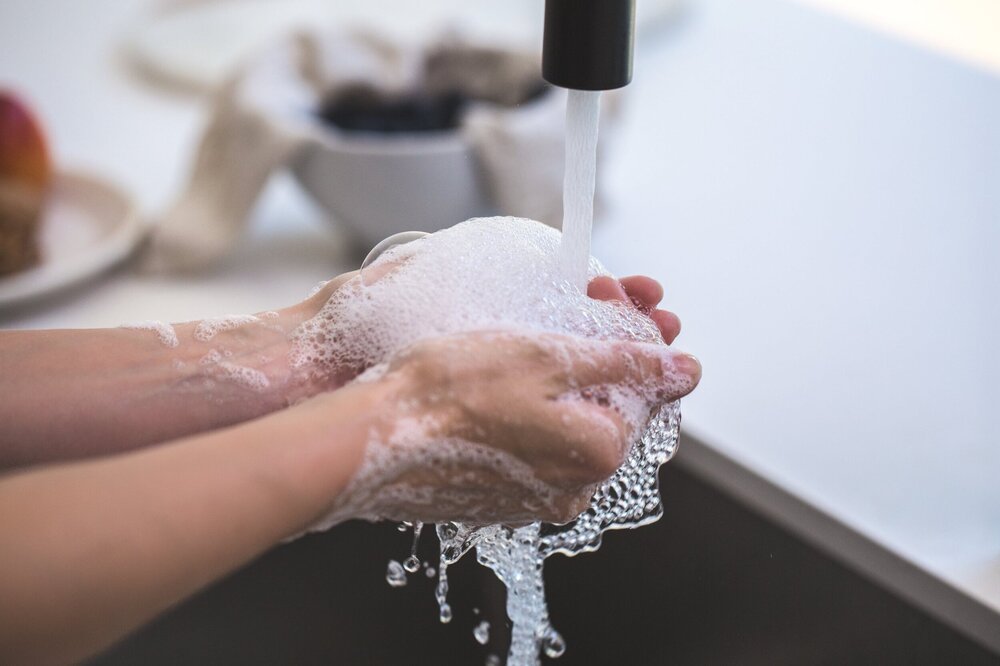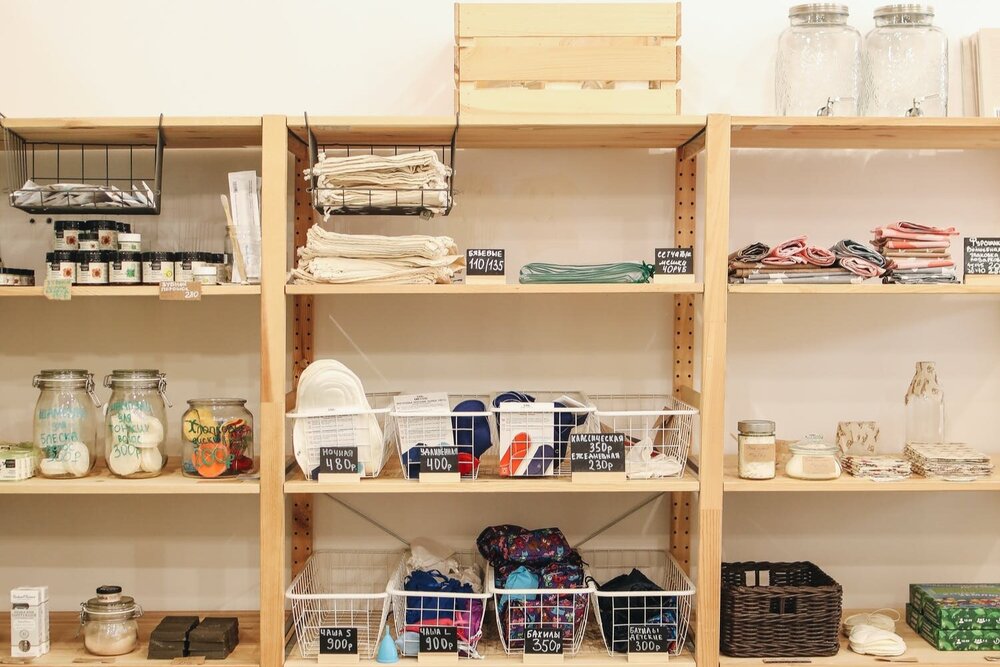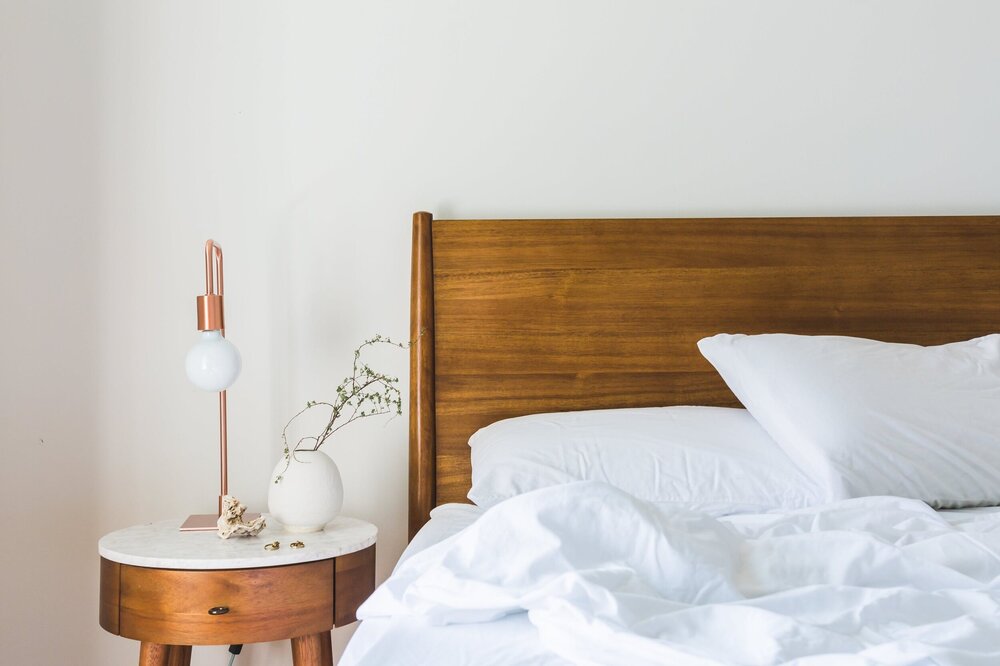If you’ve had a little extra time on your hands to clean and organize your home, you likely have a ton of items you need to store. The last thing you want to do is recycle or otherwise dispose of an item and later discover you desperately need it.
All you need to do is have your local grocery store put aside some empty boxes for you, and you’ll be set, right? Not so fast. If you hope to retrieve your valuable items in the same condition that you put them away in, you need the right approach.
1. Clean Items Thoroughly

image © pexels
You might think, “Why would I launder my winter clothes before putting them away for the summer if I’m going to have to wash the mothball scent out of them later, anyway?” The answer’s easy.
Storing dirty items allows bacteria to flourish, leaving you with musty-smelling garments even after a spin in the washer. Plus, mothballs act like magnets to small children and pets, so you are better off using cedar blocks.
The same goes for other items that you store. While they may gather dust, you can wipe that away. It’s far harder to remove baked-on grime from a pan you took camping six months ago. Make sure you wash and dry all items, and try to keep humidity levels in your storage space at 40 to 50% to prevent too many dust bunnies.
2. Choose the Right Containers

image © pexels
The first thing you need to do is select appropriate containers for your organization and storage project. Cardboard does offer the least expensive route, and you can find boxes in a variety of sizes, sometimes for free. While these do assemble and break down with ease, they are not the most durable option.
Plastic storage bins and totes make a better option for delicate items because they won’t rot or let the contents within sustain water damage. For belongings that you don’t need to enclose, you can also use baskets and crates. These typically work well for your child’s bedroom or playroom because they make putting toys away a breeze.
3. Select the Correct Location

image © pexels
If you need to stow electronic devices or other climate-sensitive items, you probably should avoid storing them in your garage. Besides the fact that you don’t want to clutter your man-cave with containers, temperature extremes can damage things like old laptops and game consoles.
That said, you can store certain items in your garage if you keep climate control in mind. You’ll want to keep the space cool and comfortable. You can even convert it to a small home office if you have the right setup, creating a practical solution to your storage needs.
4. Pack Materials Appropriately

image © pexels
The way you pack your materials matters. While you naturally want to fit as much as possible into a small space, cramming too much together tightly can allow mildew to accumulate, especially if you live in a humid region. When stacking boxes, leave approximately a half an inch of space between to allow air to flow.
Better yet, invest in a metal storage rack where you can stack wares. This method allows airflow around the tops and bottoms of your storage containers, too.
Also, make your items a snap to find by using a combination of numbering and color-coding to identify what goes in each container. That way, you don’t have to dig through 20 boxes to find the one holding your old catcher’s mitt.
5. Keep All Parts Together

image © pexels
Many items, such as old furniture, can fit into a smaller space if you disassemble them first. However, the last thing you want to happen is discovering you are missing screws when you go to put the piece back together.
When you break an item down, place all hardware in a labeled plastic bag, and tape it to the item you are storing. That way, all the parts you need stay in one convenient location.
6. Eliminate Pests

image © pixabay
Those stacks of cardboard boxes look like The Holiday Inn to roaches and other critters who need warm spaces to build nests. You can protect against infestation by using tightly sealed containers and incorporating the use of cedar to deter moths.
Cotton balls soaked in peppermint oil also prevent creepy crawlies. Use caution to keep them away from pets, though, to avoid accidental poisoning.
7. Protect Your Items From Damage

image © pexels
You don’t want a fire or flood to destroy your items. If you live in a flood zone, consider building shelves so that you don’t have to store your stuff on basement or garage floors.
Test your smoke detectors approximately once per month, and keep an extinguisher on hand.
Safely Store Your Household Items With These Tips
Storing your household items safely protects them from damage and ensures your enjoyment for years to come. Grab your materials and get organized.
Author: Dylan Barlett

cover image © pexels

